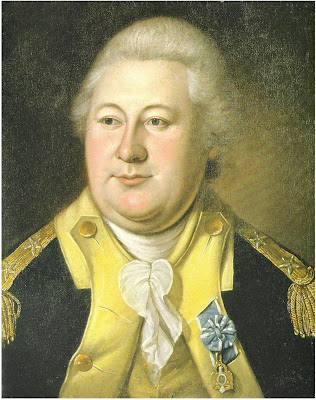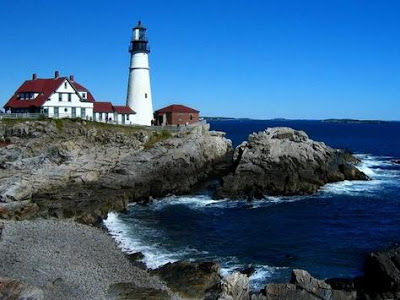My friend Lance is a USA American.
He knows many things about Canada
But he feigns ignorance.
Last week I gave him a jigsaw puzzle with a map of Canada
showing the 10 provinces and 3 northern territories.
Lance is my inspiration for a new blog series:
“Facts about Canada
1. Canada
The coming together was called Confederation,
and the country was named the Dominion of Canada.
July 1st is the national holiday each year,
and we call it Canada Day
(formerly Dominion Day).
2. There were four original provinces:
(Previously, these had been separate British colonies.)
3. Canadian “Indians” are called “First Nations”.
There are 700,000 First Nations people living in Canada
There are over 630 recognized First Nations governments
or bands.
4. Canadian “Eskimos” should be called “Inuit”.
There are about 50,000 Inuit in Canada
half of them in the northern territory of Nunavut
5. Canada
compared to USA California













